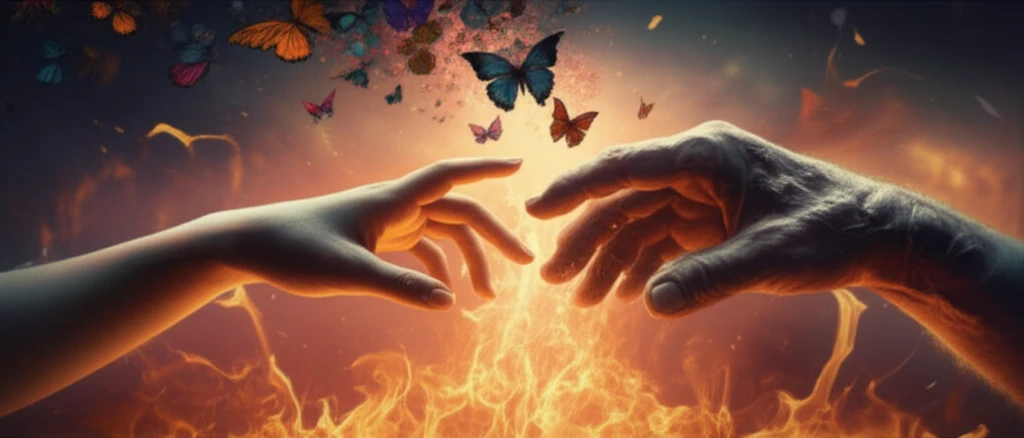
Age and Burn Recovery: What You Need to Know About Quality of Life After a Burn Injury
"Discover how age influences recovery and quality of life after upper body burns, and what it means for treatment and rehabilitation."
The global population is aging rapidly, with a significant increase in the number of elderly individuals. In Spain, for example, it's projected that over 34% of the population will be over 65 by 2066. With aging comes increased vulnerability to burn injuries due to factors like impaired balance, decreased physical strength, and cognitive decline.
Burns to the upper body can be particularly devastating, affecting both emotional and physical well-being, and significantly reducing the quality of life (QoL). Understanding how age influences recovery from these burns is essential for tailoring effective treatment and rehabilitation strategies.
A recent study investigated the impact of age on the QoL of patients who experienced upper body burns, focusing on those who had sustained burns at least two years prior to the study. By examining the experiences of both younger and older adults, the researchers aimed to identify age-related differences in recovery and overall well-being.
Does Age Really Matter in Burn Recovery? Understanding the Research

The study, conducted at Vall d'Hebron University Hospital in Barcelona, included 58 patients with burns exclusively on the upper body. The participants were divided into two groups: those aged 65 and younger and those over 65. Researchers collected demographic and clinical data, including the total burn surface area (TBSA), burn mechanism, medical history, length of hospital stay, and rehabilitation duration.
- Study Design: An observational study involving 58 patients with upper body burns.
- Participants: Divided into two age groups: 29 patients aged 65 and younger, and 29 patients over 65.
- Data Collection: Demographic data, clinical information, and QoL assessments using the Spanish version of the BSHS.
- Analysis: Statistical tests to compare the two age groups and identify significant differences.
What Does This Mean for Burn Treatment and Rehabilitation?
Despite the higher mortality rate among elderly patients, the study suggests that surviving patients in both age groups experience similar levels of QoL after burn injuries. This indicates that a standardized approach to rehabilitation, focusing on individual needs rather than age alone, may be appropriate. However, it's crucial to recognize and address the higher prevalence of comorbidities in elderly patients to improve overall outcomes.
